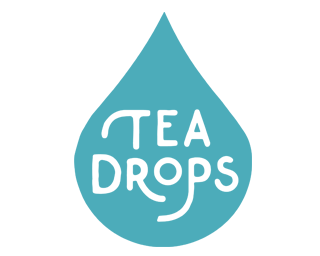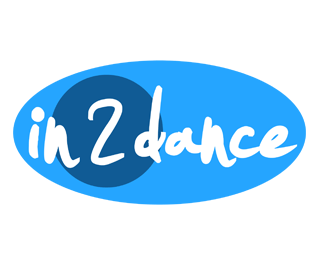Whether you’re new to running or – literally – been around the block a thousand
times,good running form is something we all need to practice. It’s easy to allow your form to fall, especially running longer distances, but correcting them before they become a habit will lead to not only a more efficient stride, but will help you stay injury free. Here are they key things to remember from head to toe:
Head:
Your head tilt dictates the rest of your posture, determining your running efficiency. Trust your feet and do not stare down at them. Instead, gaze just ahead of you, scan the horizon and enjoy the scenery while keeping your spine from your neck to your back inline and your chin from jutting out.
Shoulders:
This is the one I check in with through out every run and is the first to slip once you start to fatigue. Correct shoulder placement will keep your body relaxed on your run and ensure a neutral spine. Keep them low and loose and notice when they begin to creep up and become high – nearing your ears – and tight. When this happens, and it will, roll them back and down and shake out your arms.
Arms/Hands:
Keep your hands loose, not in fists. When I first started running I was guilty of this one and my race photos showed. Pretend you are holding a bag of chips that you don’t want to crush. As for your arms they should be at roughly 90 degrees and swinging mainly front to back, not across your torso. If you notice you start to clinch your hands, shake them out and check in with your shoulders as they are probably creeping up as well.
Torso:
If your head is looking in the distance and your shoulders are down and back than your torso will be aligned. Once you start to slouch you will feel it in your upper body and it’s not as easy to breathe. Take a breath, straighten your core and “run tall”.
Hips:
As you probably guessed, the alignment of your torso helps your hips find their correct position. This is a very important aspect of form because of their impact on the lower back. If you begin to hinge forward your pelvis will tilt causing your stress on your back and throwing your lower body out of alignment. Pretend your hips contain a bowl of water that you don’t want to pour forward and must keep level.
Legs/Stride:
Your stride length should make your feet land directly under you as opposed to stretching out and landing in front of your body. An over-stride can cause hamstring and knee injuries from the impact and stress put upon them. Once running at a comfortable pace your knees should bend at roughly 90 degrees.
Ankles/Feet:
Your goal is for your feet to push off the ground at maximal force, making it easier to run faster. Aim for your feet to hit the ground lightly (this takes more concentration once you begin to fatigue), landing between your heel and mid-foot, then quickly rolling forward. Your ankle should stay flexed as you roll forward and push off your toes evenly, using the calf muscles to spring you forward. Your goal is to silently spring.
This probably sounds like a LOT to take into account, but don’t worry! Some of these things will happen naturally and those that do not can be practiced until they feel natural. On your next run make note of two of these items and focus on them throughout your run. The next run focus on two more and so on until you recognize the correct form in each body part. From there it’s a matter of checking in throughout your miles to ensure you aren’t slipping back to old habits. With good form you will run more efficiently and stave off common running injuries which is the best incentive! Happy Running!






